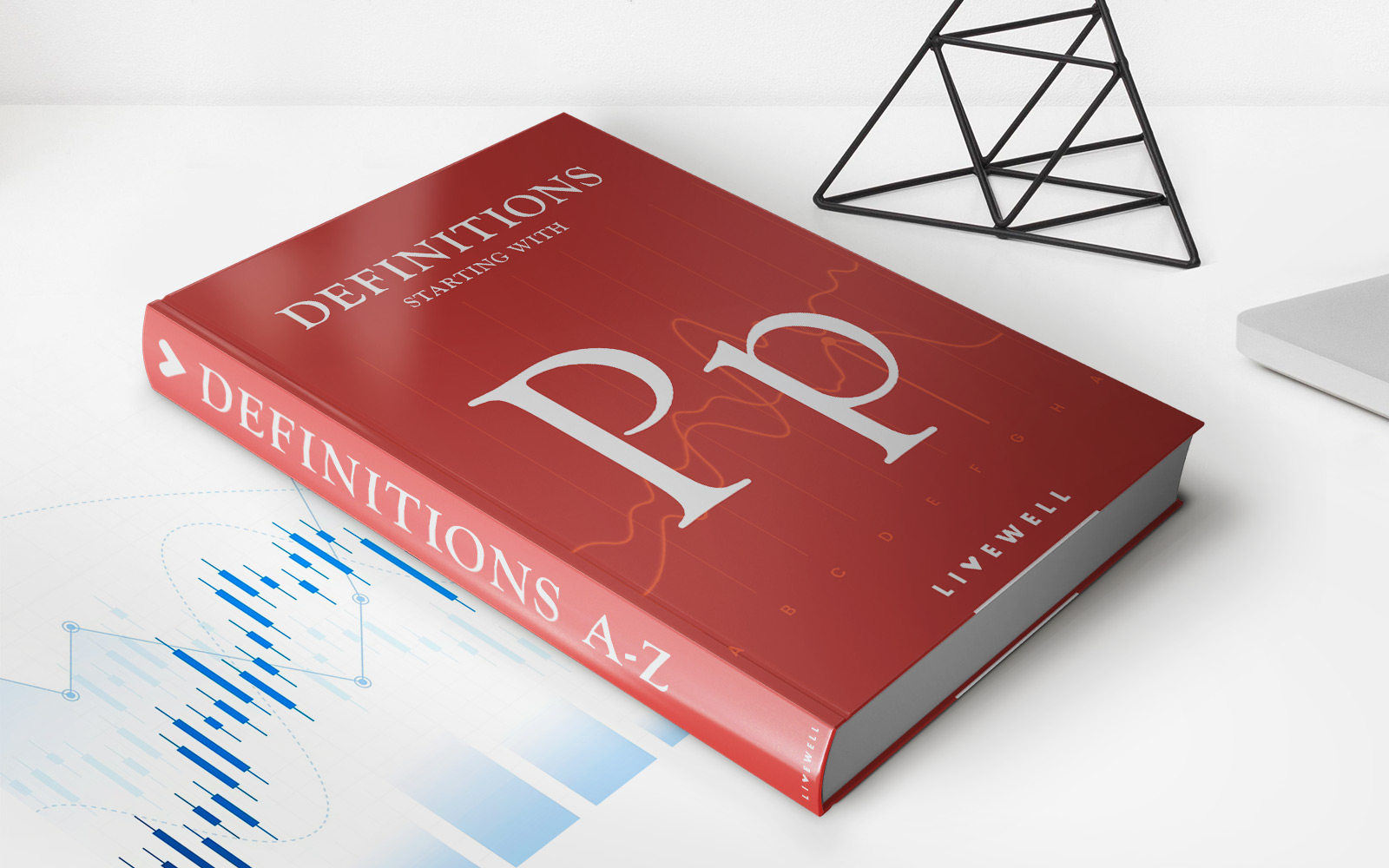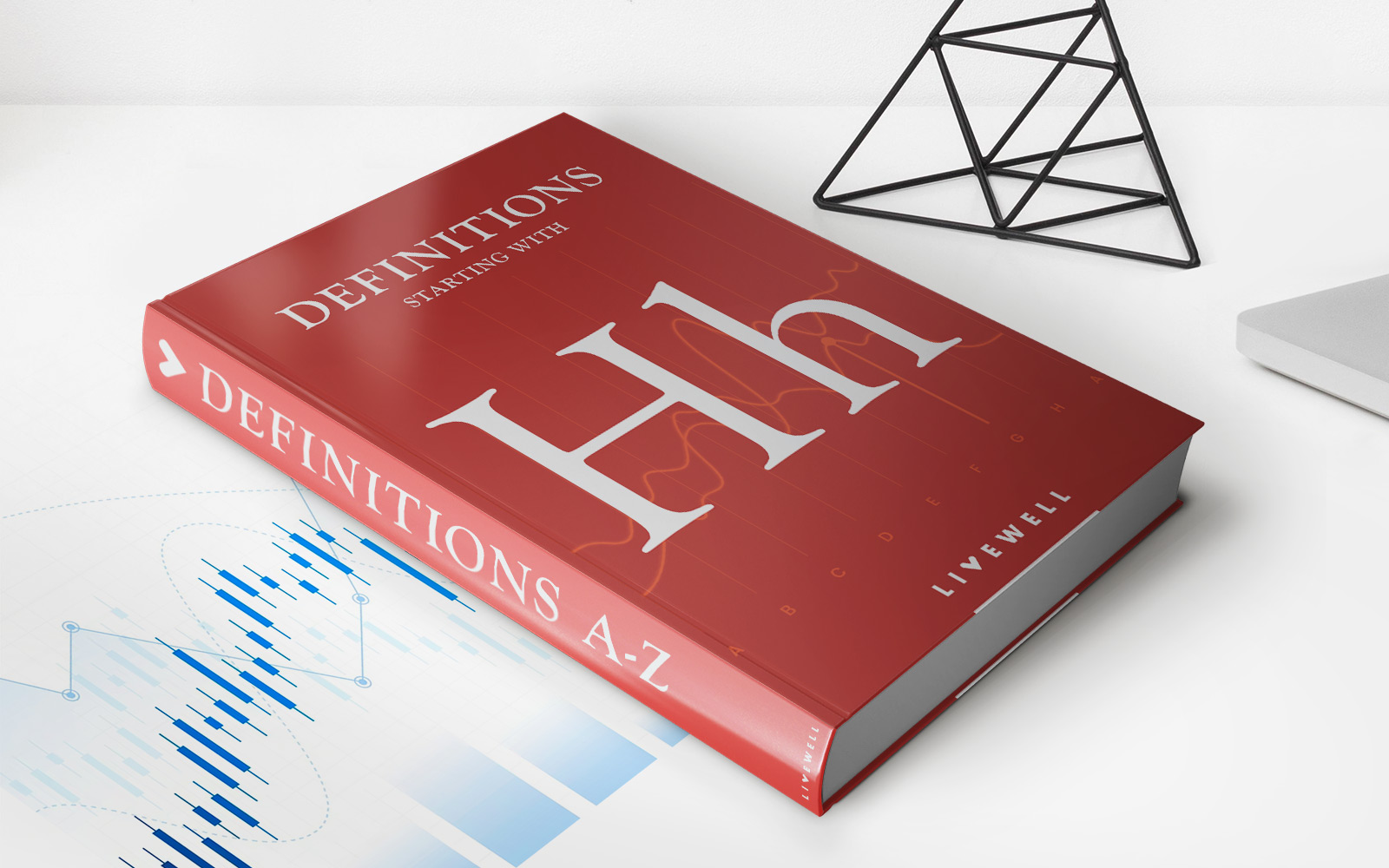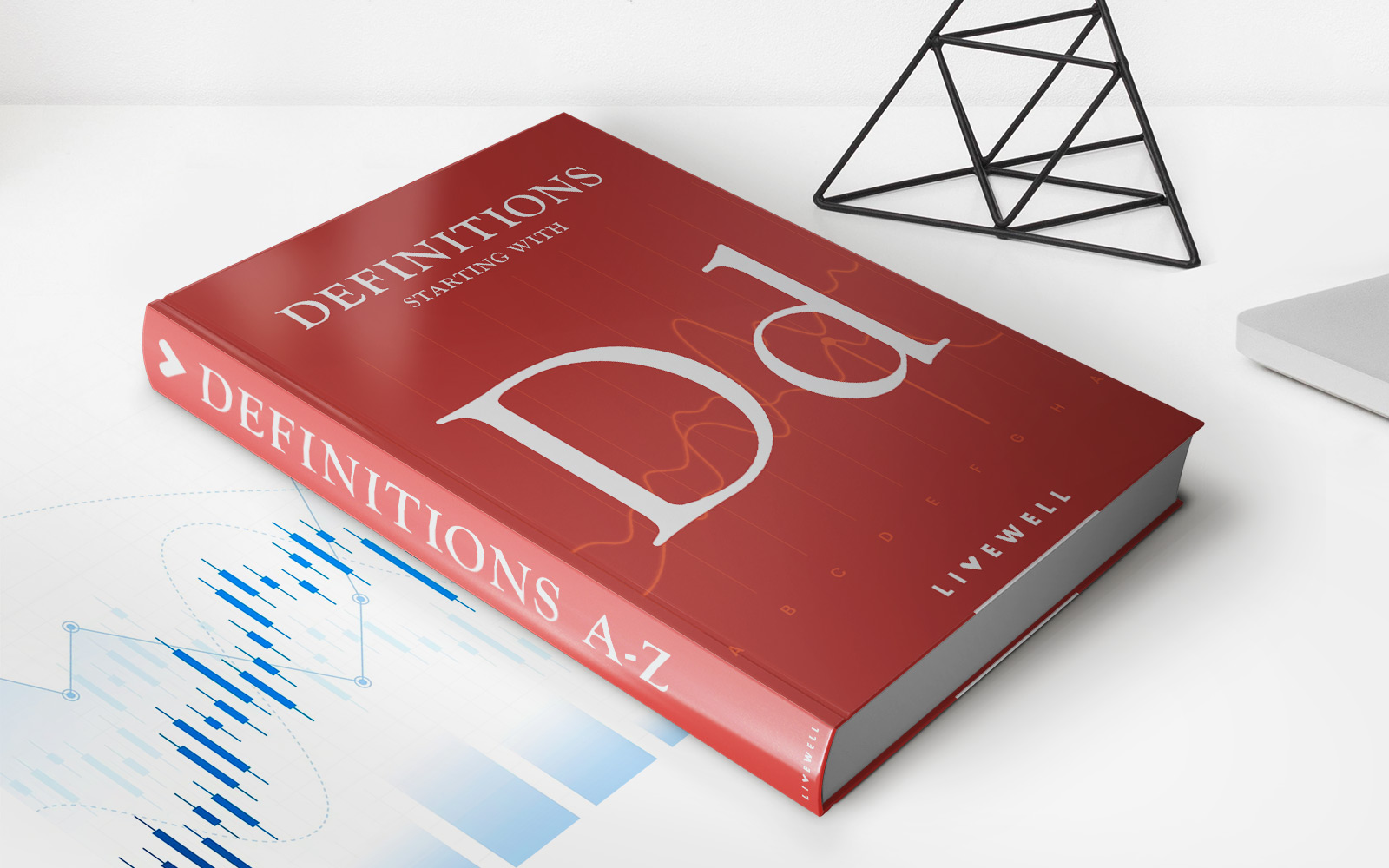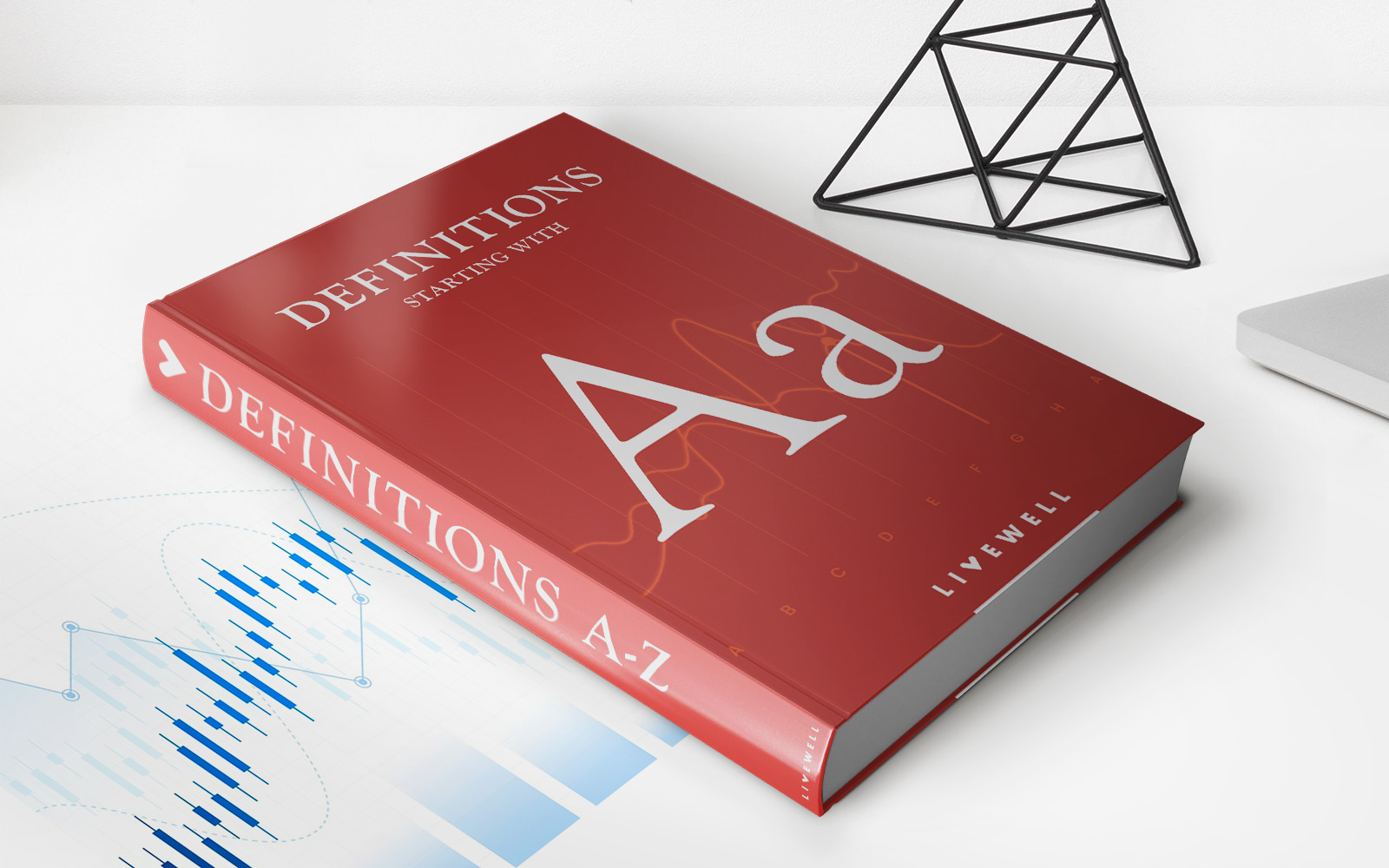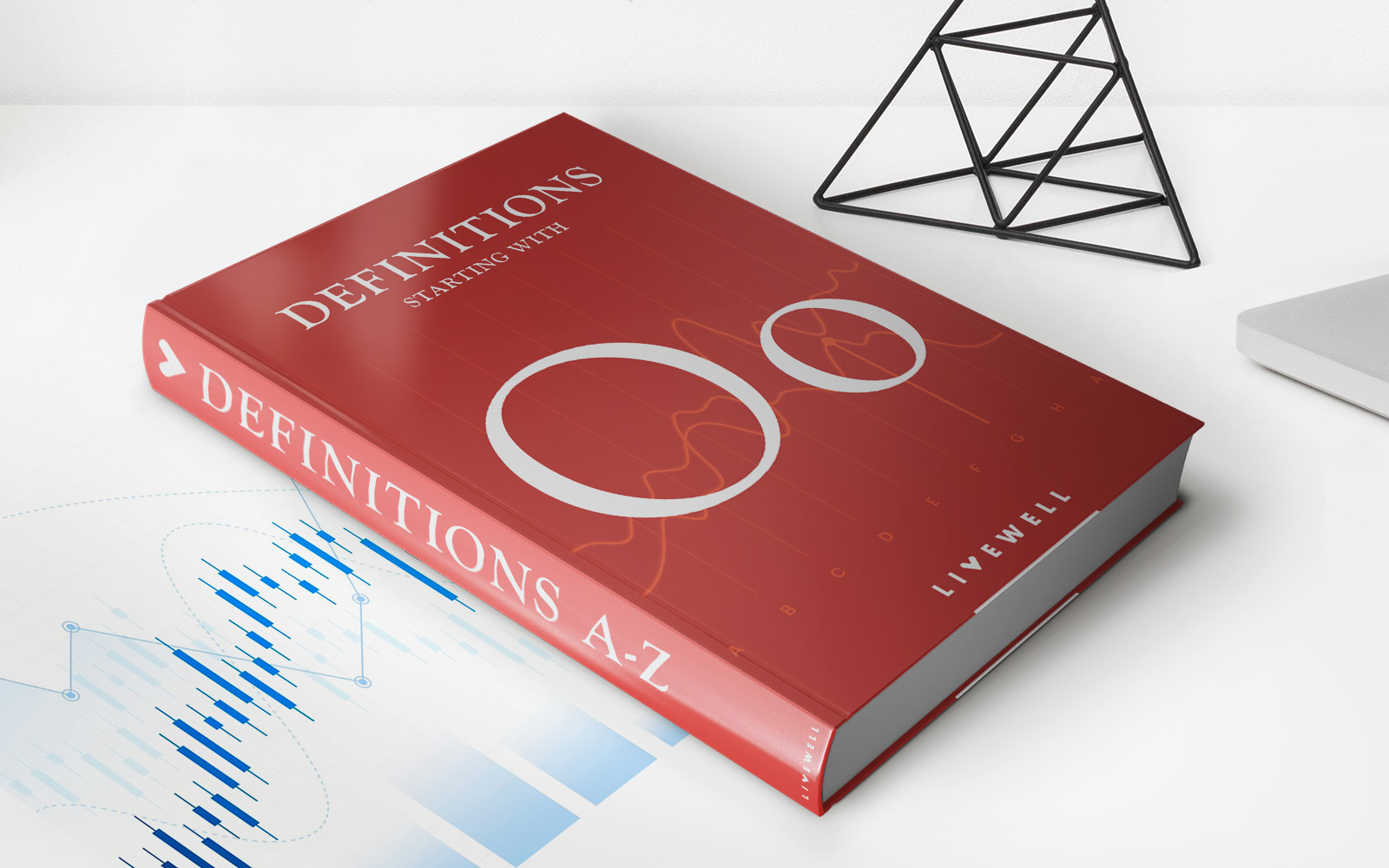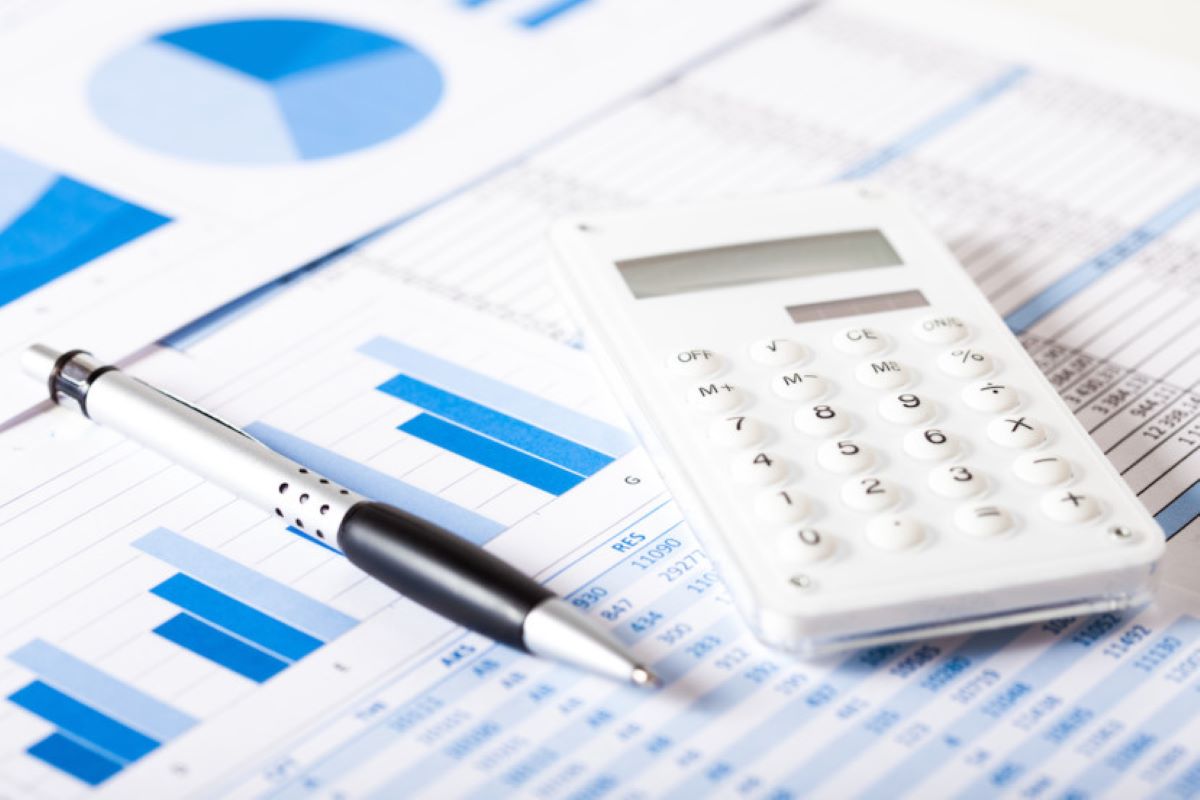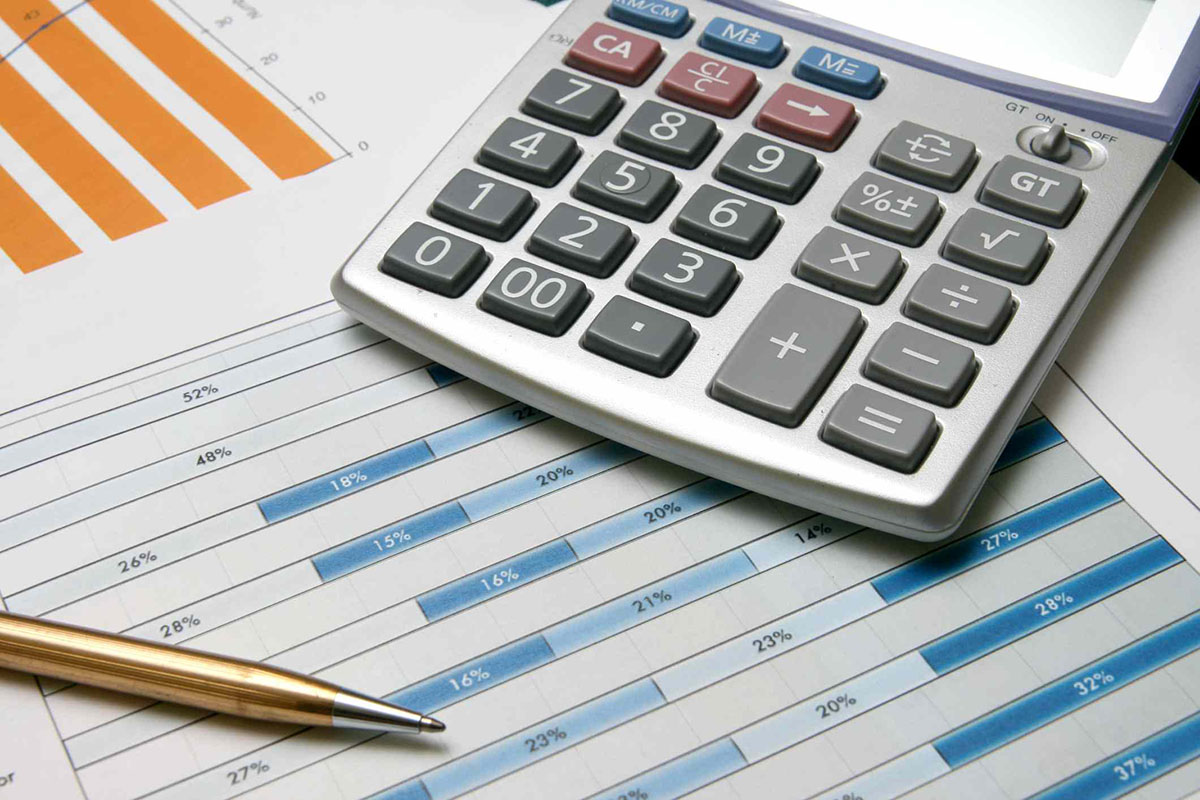Home>Finance>Chart Of Accounts (COA) Definition, How It Works, And Example
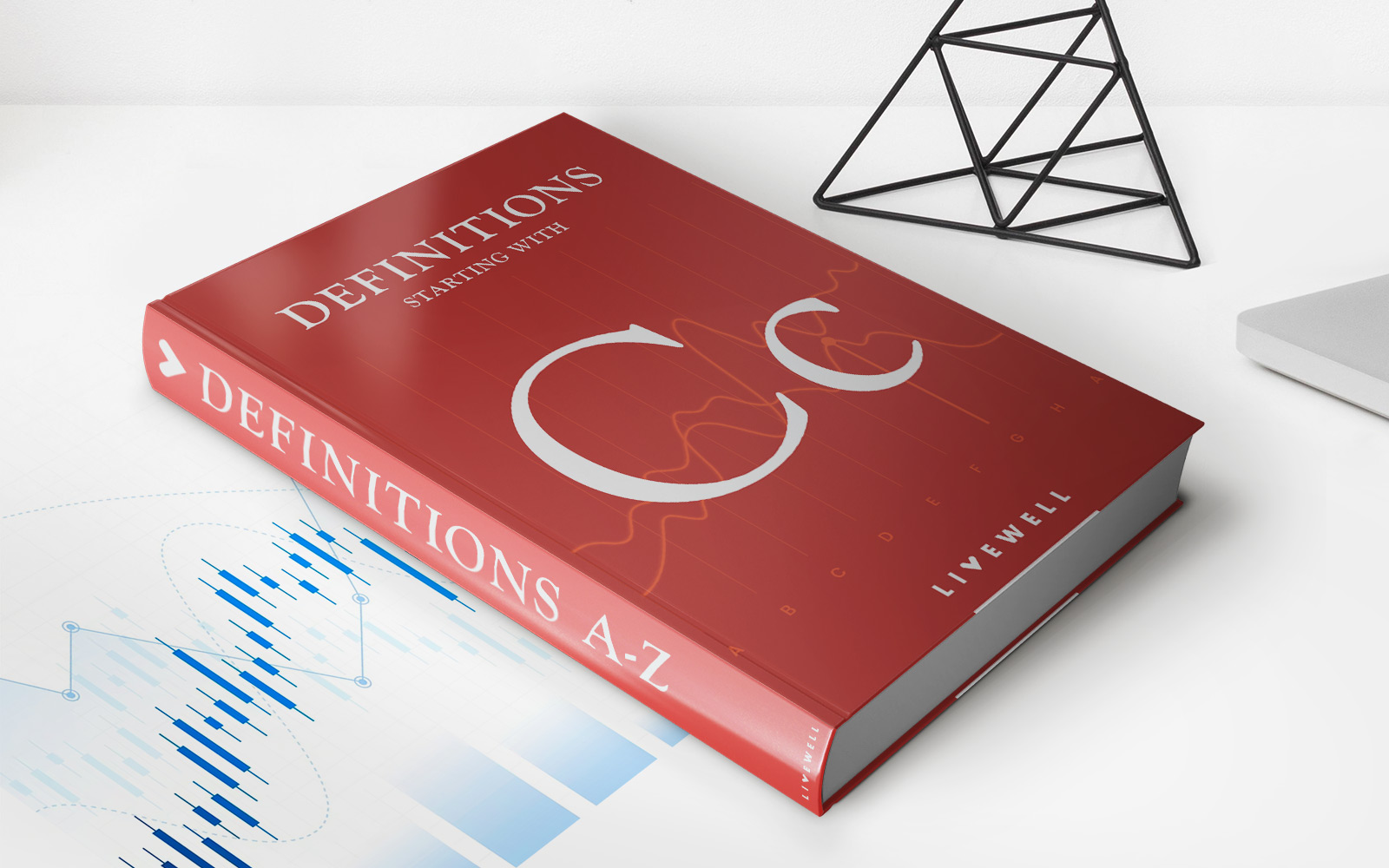

Finance
Chart Of Accounts (COA) Definition, How It Works, And Example
Published: October 26, 2023
Get a clear understanding of Chart of Accounts (COA) in finance, including its definition, how it works, and example. Enhance your financial knowledge now!
(Many of the links in this article redirect to a specific reviewed product. Your purchase of these products through affiliate links helps to generate commission for LiveWell, at no extra cost. Learn more)
The Chart of Accounts: What It Is and How It Works
Managing finances is crucial for any business, and one essential tool in doing so is the Chart of Accounts (COA). In this blog post, we will explore the definition, functionality, and usage of a Chart of Accounts, and provide you with a clear understanding of its importance in financial management.
Key Takeaways:
- A Chart of Accounts (COA) is a comprehensive listing of all the financial accounts used by a business
- It organizes and categorizes financial transactions, making it easier to track income, expenses, assets, and liabilities
What is a Chart of Accounts?
A Chart of Accounts is a structured list of all the financial accounts used by a business. It serves as a foundational framework that categorizes and organizes various financial transactions, enabling accurate and streamlined tracking of income, expenses, assets, and liabilities.
Every account within the Chart of Accounts is assigned a unique account number or code, allowing for easy identification and reference. These codes can be arranged hierarchically, with major categories such as assets, liabilities, equity, income, and expenses, and further sub-categories under each major category.
How Does a Chart of Accounts Work?
The Chart of Accounts is customized to suit the specific needs of a business. It lays the foundation for managing financial data and generating reports by providing a standardized structure. Here’s how it works:
- Organize Transactions: Each transaction made by the business is recorded using the appropriate account code from the Chart of Accounts. For example, revenue related to product sales may be recorded using code 4001, while office supplies expenses may be recorded using code 6002.
- Categorize Accounts: The Chart of Accounts categorizes accounts based on their nature, such as assets, liabilities, equity, income, and expenses. This segmentation allows businesses to monitor specific aspects of their financials effectively.
- Generate Reports: By utilizing the Chart of Accounts, businesses can generate detailed financial statements, including income statements, balance sheets, and cash flow statements. These reports help in analyzing the financial health of the business, identifying trends, and making informed decisions for growth and profitability.
Example of a Chart of Accounts:
Let’s take a hypothetical example of a retail business to understand how a Chart of Accounts might look:
- Assets:
- 1000 – Cash
- 1100 – Accounts Receivable
- 1200 – Inventory
- 1300 – Fixed Assets
- Liabilities:
- 2000 – Accounts Payable
- 2100 – Loans Payable
- Equity:
- 3000 – Owner’s Equity
- 3100 – Retained Earnings
- Income:
- 4000 – Sales Revenue
- 4100 – Rental Income
- Expenses:
- 5000 – Salaries and Wages
- 5100 – Rent
- 5200 – Utilities
- 5300 – Advertising
This is just a basic example, and the Chart of Accounts can vary depending on the business’s complexity and industry-specific requirements. The key is to ensure that it accurately represents the financial activities of the business and provides a solid foundation for financial management.
In conclusion, a well-designed Chart of Accounts is an indispensable tool for managing finances. It organizes and categorizes financial transactions, allowing businesses to accurately track their financials and generate meaningful reports. By leveraging the power of a Chart of Accounts, businesses can make informed decisions, improve profitability, and ensure long-term financial success.


